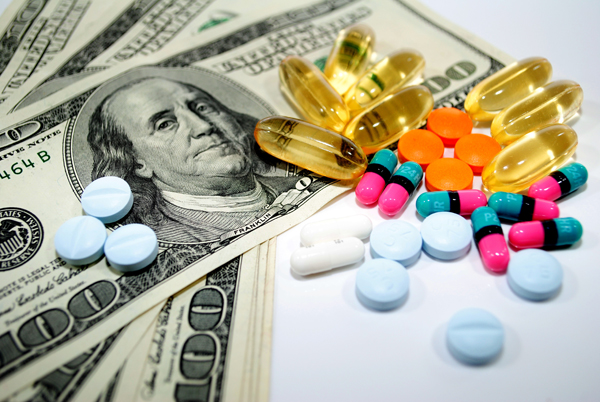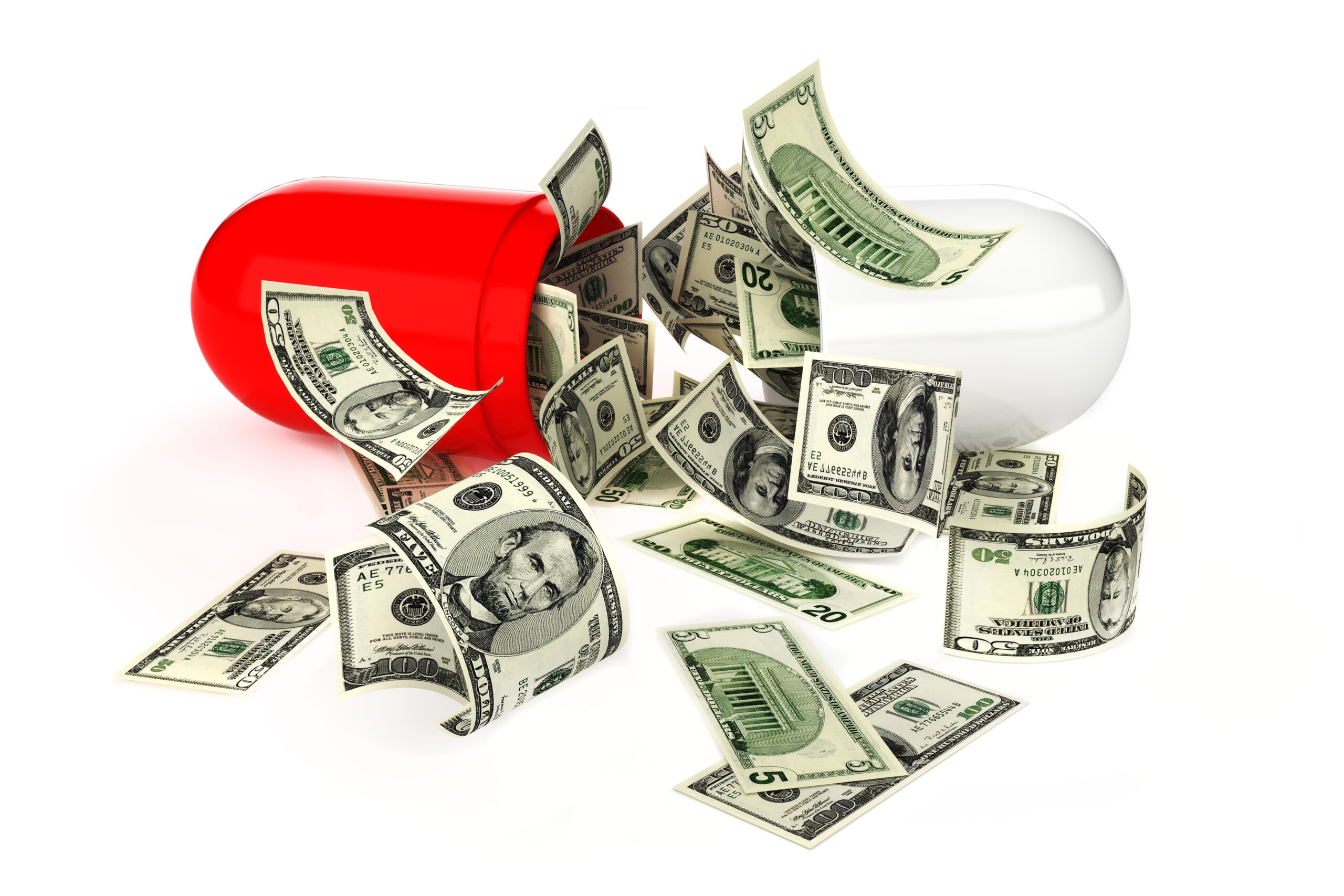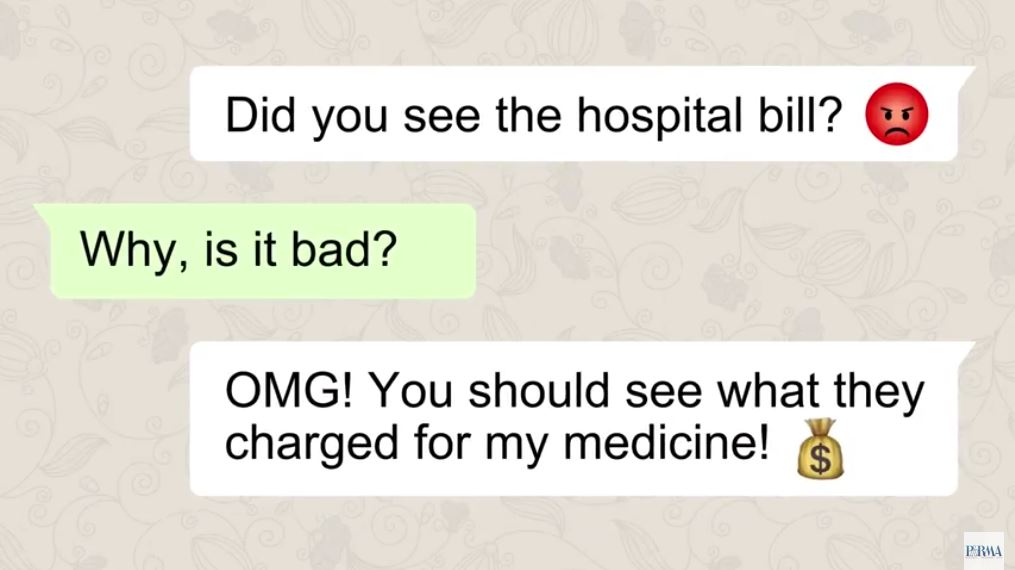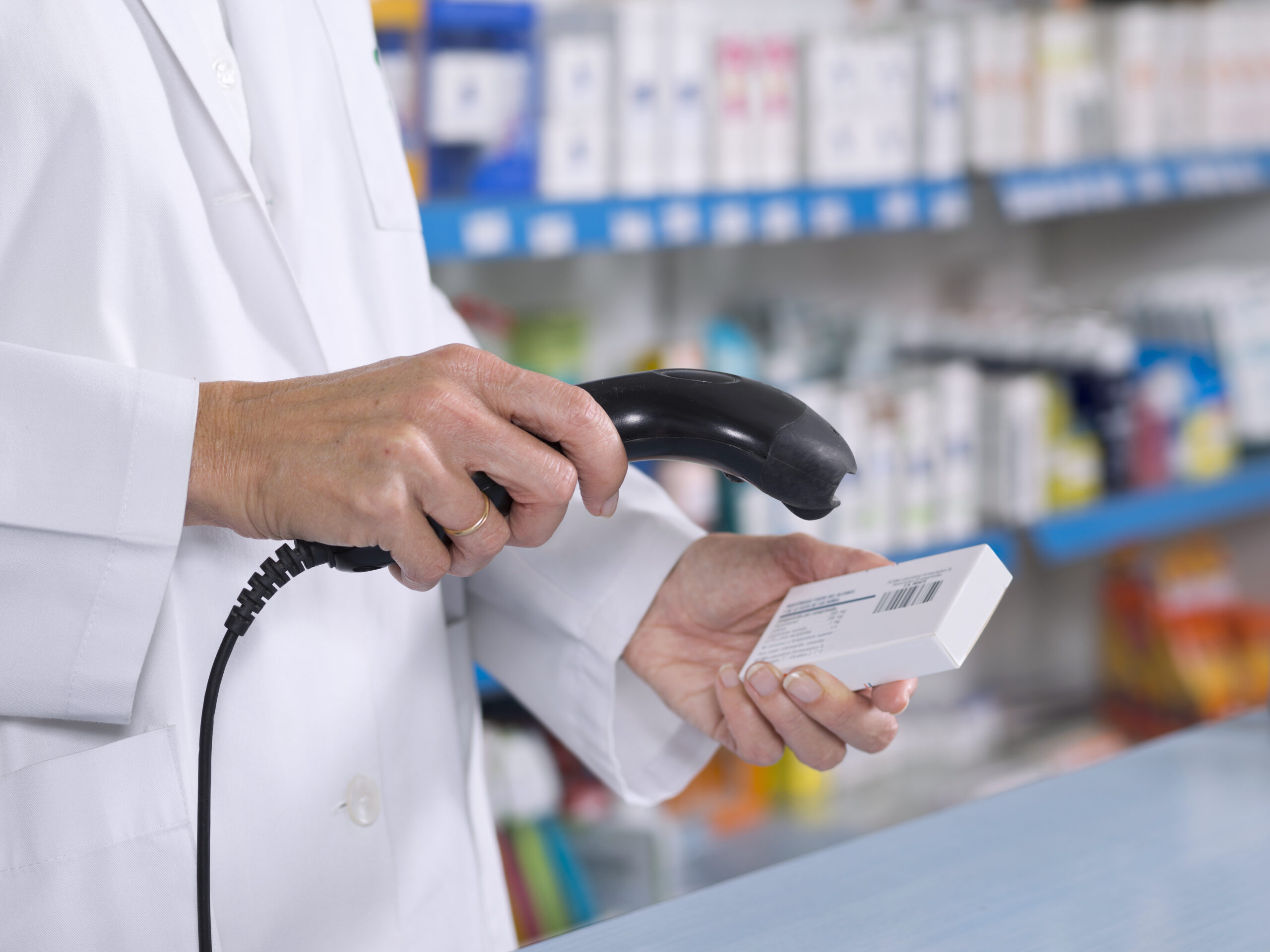Despite the often-cited estimate (generated by the Tufts Center for the Study of Drug Development) that it costs $2.6 billion in drug development expenses to bring a new pharmaceutical product to market, a study published in JAMA Internal Medicine suggests that drugmakers may not need to invest a lot into clinical trials in order to get their drugs approved by regulators. The findings could challenge pharmaceutical companies’ assertions that drugs must be priced higher in order to help recoup the cost of clinical development.
In the study, the researchers looked at 138 pivotal clinical trials used to support the approval of new drugs by the FDA between 2015 and 2016. They found that the median cost of conducting one of these pivotal clinical trials was around $19 million – much less than the total estimates of multiple billions of dollars cited by drugmakers.
With some trials which eventually led to drug approvals costing even less, the research team claims that their findings show that the amount of capital invested into clinical trials does not always correlate with better study data. However, they caution that certain cost-cutting measures – such as enrolling fewer patients or cutting the study short – are likely not ideal options for sponsors.
“The cost of good evidence is not very high, and the idea that we could save money by settling for bad evidence is a very bad bet,” lead author Thomas Moore, a professor of epidemiology and biostatistics at George Washington University told MedCityNews. “Shortcuts may be cheaper. But are they smarter? Probably not.”
Contrary to the popular belief that drug development for rare diseases is more expensive, the researchers found that because these trials often enroll fewer patients and may not have a placebo control arm, they can actually be less costly than other study types. In contrast, large trials of drugs that are required to show non-inferiority to the current standard treatment tended to be more expensive.
“Our study provides a different perspective to the widely held assumption that elaborate and expensive clinical trials are the main reason for the high costs of developing a new drug,” said the study authors. “These data suggest that high-cost trials occur but usually when drug effects are small or a known drug already provides clinical benefit. On the other hand, pivotal trials for novel drugs with substantial clinical benefits can be conducted at a lower cost.”
However, the study does have its limitations, which could influence its generalizability to the larger drug development industry. Moore admitted that the study didn’t take into account significant costs incurred by drugmakers when promising therapeutics fail to live up to their potential in late-stage clinical trials.
Since it’s estimated that 90 percent of all new drugs never make it to pharmacy shelves for one reason or another, pharmaceutical companies commonly build their costs incurred in developing these failed products into the price tags of those drugs that actually get approved. The current study’s narrow look at the cost of just one aspect of the drug development process ignores all of the other expenses involved, such as drug discovery, preclinical work, formulation, manufacturing and regulatory fees.
In addition, the study didn’t use exact figures when comparing the costs of clinical trials for drugs which were eventually granted regulatory approval. Instead, they used a global clinical trial cost assessment tool, which is also used by sponsors and CROs, to estimate the costs of each trial.
A similar study, published in the same journal last year, had much of the same problems as the current research. While the authors of that article sought to determine the total cost of bringing a drug to market – which they estimated at just $648 million – they also overlooked several costly facets of drug development, which were comprehensively explored in this article from Forbes.
As tempting as it may be, analysts have yet to identify just one factor that can explain why prescription drug prices are so high in the US. Instead, like most issues, drug pricing is a multifactorial problem to which many stakeholders – including pharmaceutical companies, insurers and pharmacies – in the US healthcare system contribute.











Join or login to leave a comment
JOIN LOGIN